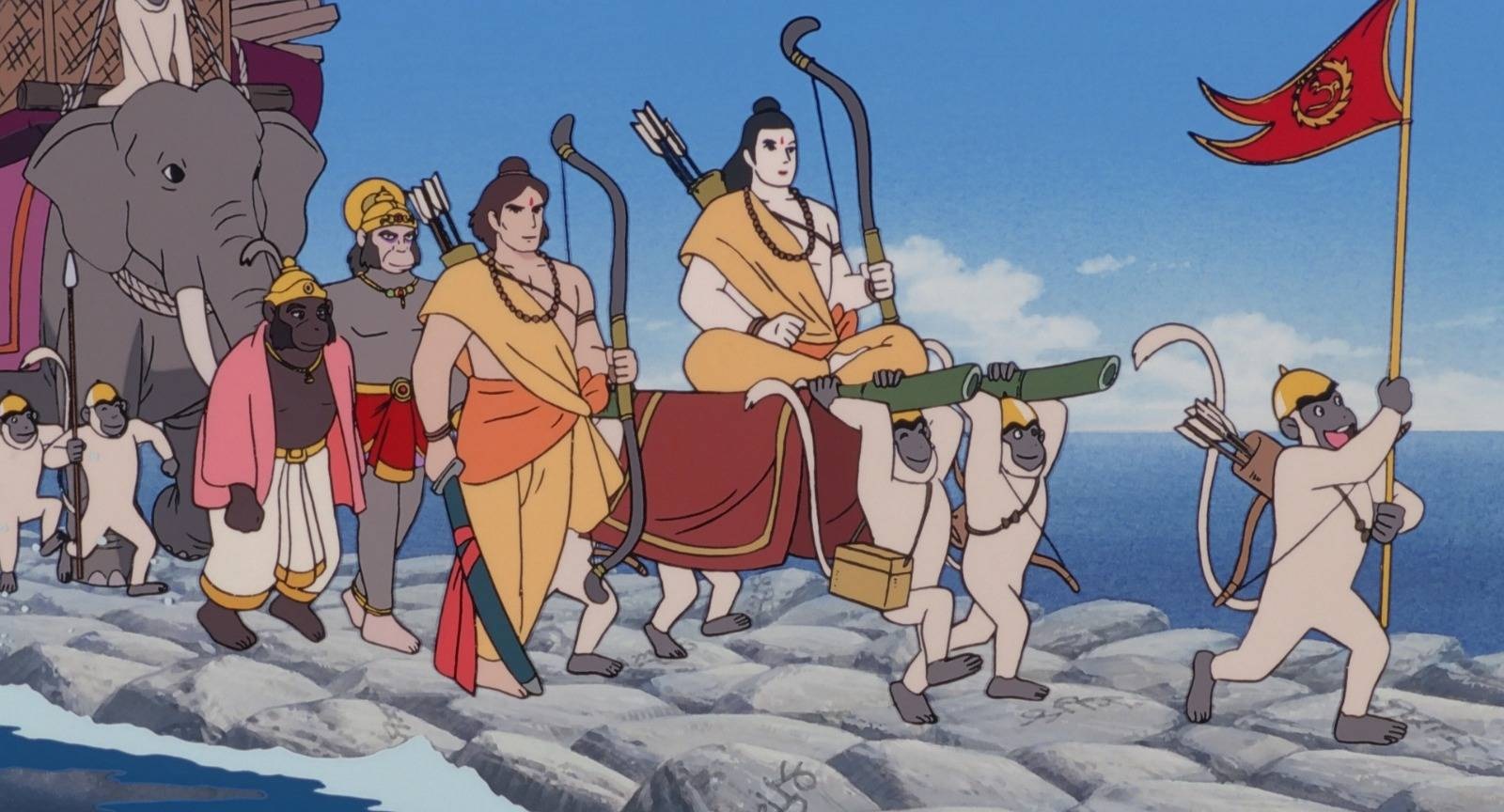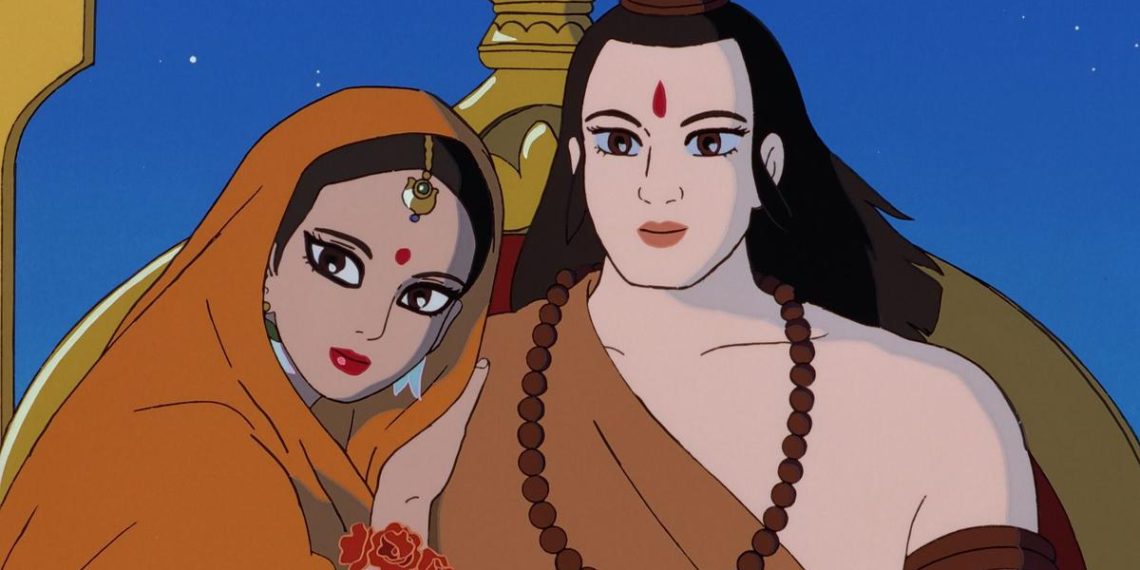The inauguration of Ram Mandir in Ayodhya represents a pivotal moment in the decades-long Ram Janmabhoomi movement, marking the end of the controversial Babri Masjid saga. For many, this historic event stirs feelings of triumph and pride, while for others, it is a painful reminder of deep-seated division.
This event has sparked a flurry of journalistic retrospectives, but one lesser-known story has been overshadowed by the political storm: the saga of the animated film Ramayana: The Legend of Prince Rama.
In 1992, the same year the Babri Masjid was demolished, India was on the verge of witnessing the release of an ambitious animated film adaptation of the ancient Hindu epic, the Ramayana. Co-produced by Indian and Japanese filmmakers, Ramayana: The Legend of Prince Rama was a feature-length anime that brought the story of Lord Ram, Sita, and Ravana to life in a unique fusion of animation styles.
Ram Mandir and the Banned Ramayana Film: A Story of Cultural and Political Tension

Directed by Yugo Sako, Ram Mohan, and Koichi Sasaki, the film combined influences from Manga, Disney, and Ravi Verma’s classical Indian art. However, the movie’s release was delayed, and it faced a three-year ban in India.
The primary reason for the ban was the already volatile communal atmosphere in the country. The demolition of the Babri Masjid had sparked widespread riots across major cities like Bombay and Calcutta, and releasing a film based on Hindu mythology, especially one that animated revered deities, was seen as highly provocative.
Conservative groups, led by organizations like the Vishva Hindu Parishad (VHP), fiercely opposed the film, claiming that the Ramayana was sacred to the Indian heritage and that no one had the right to “cinematize” it. The VHP even sent a protest letter to the Japanese Embassy in New Delhi, demanding that the film be pulled from release.
It wasn’t until 1995, three years after the initial controversy erupted, that the film was finally allowed to air on Indian television. Doordarshan, the state-run broadcaster, took the decision to premiere the movie, albeit with some adjustments, including dubbing it in Hindi.

The film, which had already garnered a positive reception internationally, including in Japan, was embraced by Indian audiences. Arun Govil, the actor who famously portrayed Lord Ram in the 1987 television series Ramayan, voiced the character once more in this animated version. The film also featured the voices of Amrish Puri as Ravana and Shatrughan Sinha as the narrator, further cementing its cultural relevance.
Ramayana: The Legend of Prince Rama became a landmark achievement in the fusion of global animation styles and Indian mythology. The film’s delayed release reflects the complex relationship between media, politics, and culture in India, especially when it comes to sensitive religious themes.





